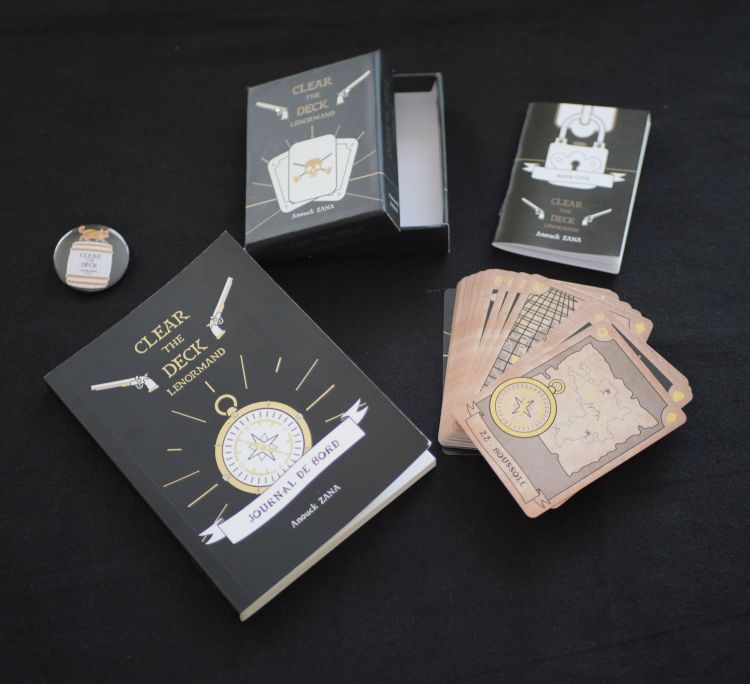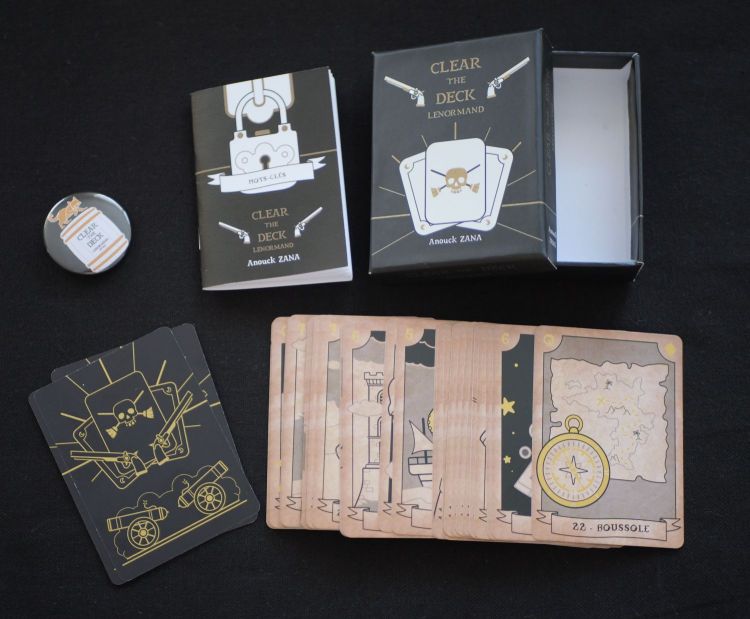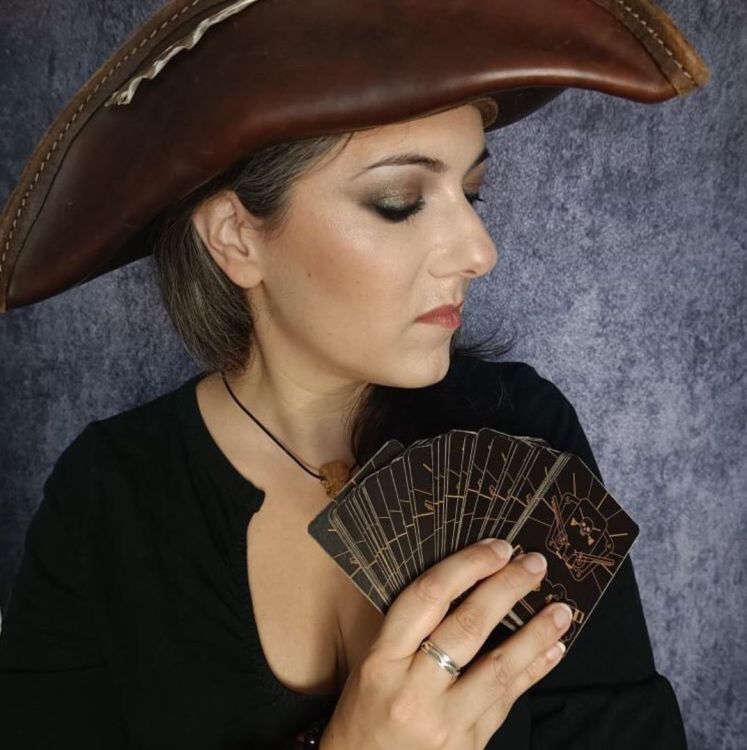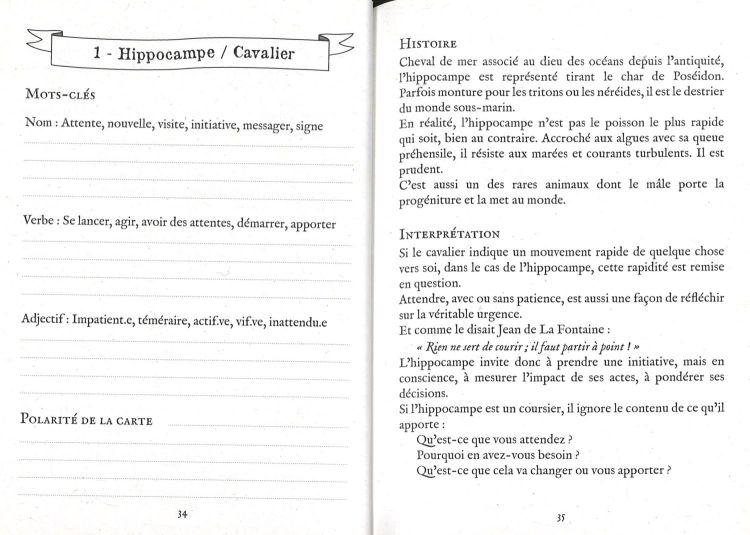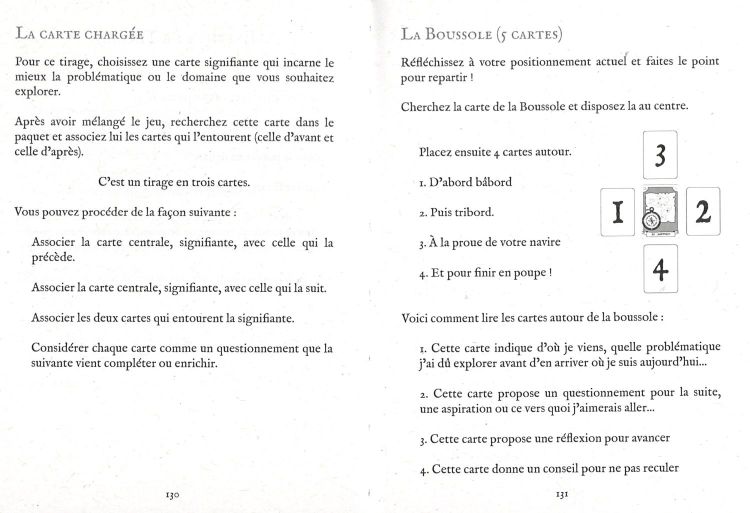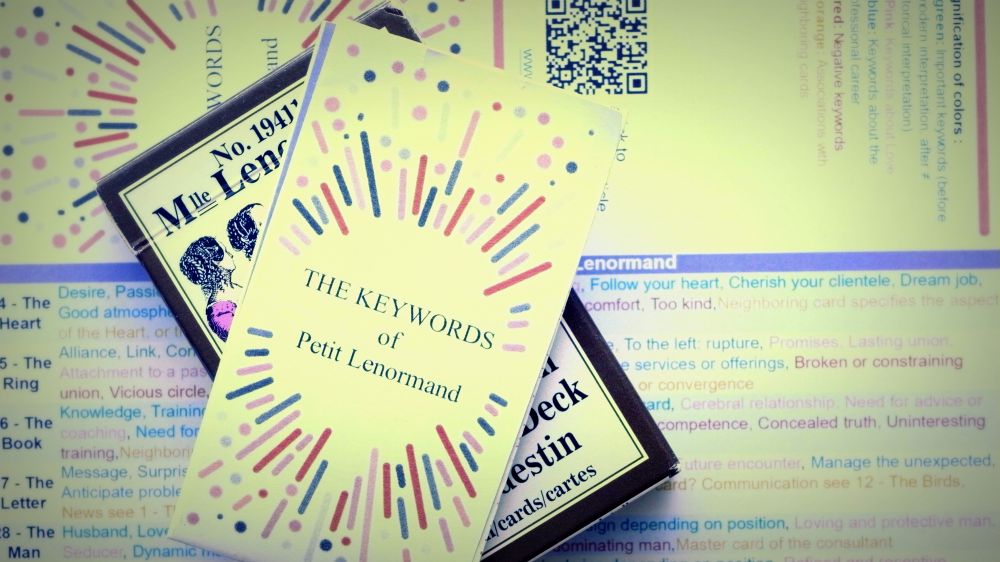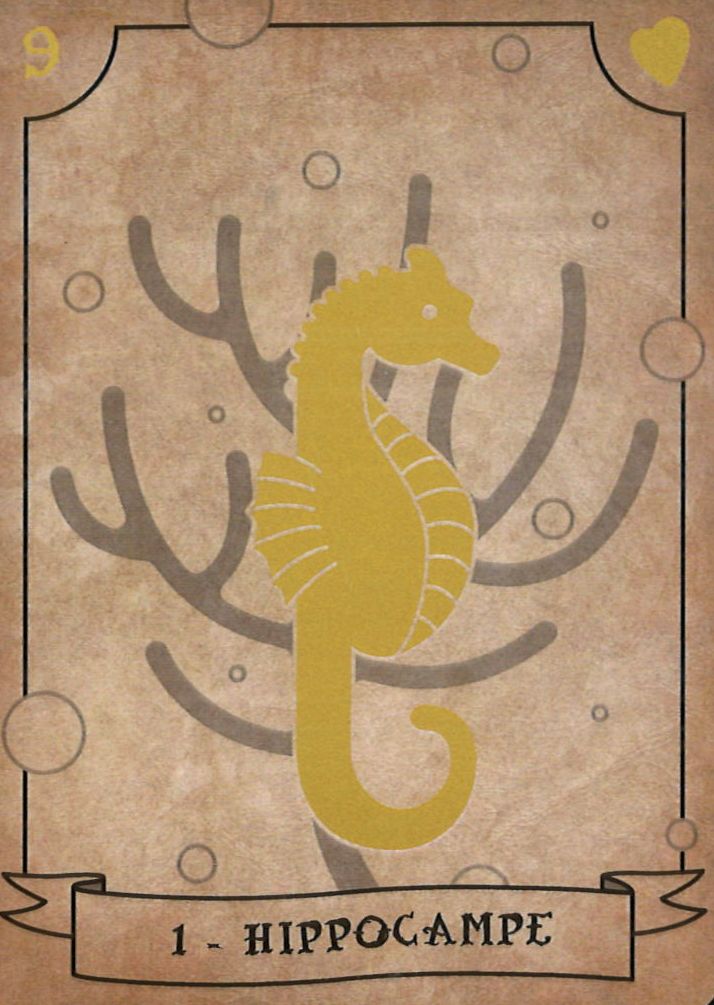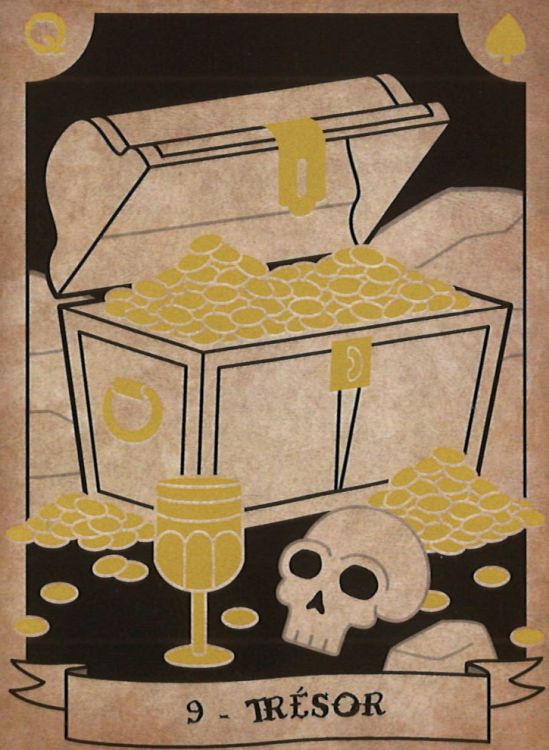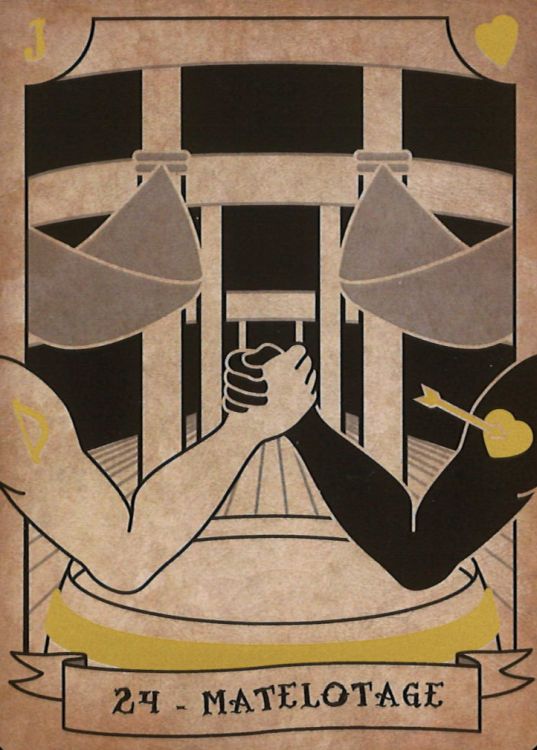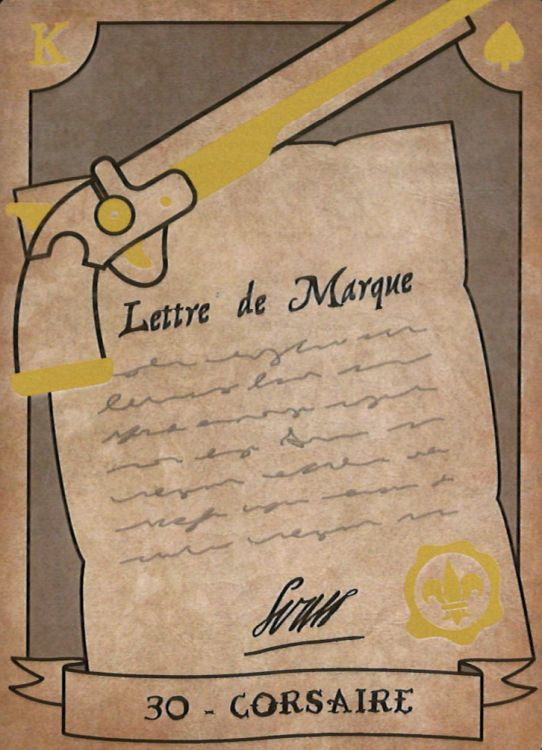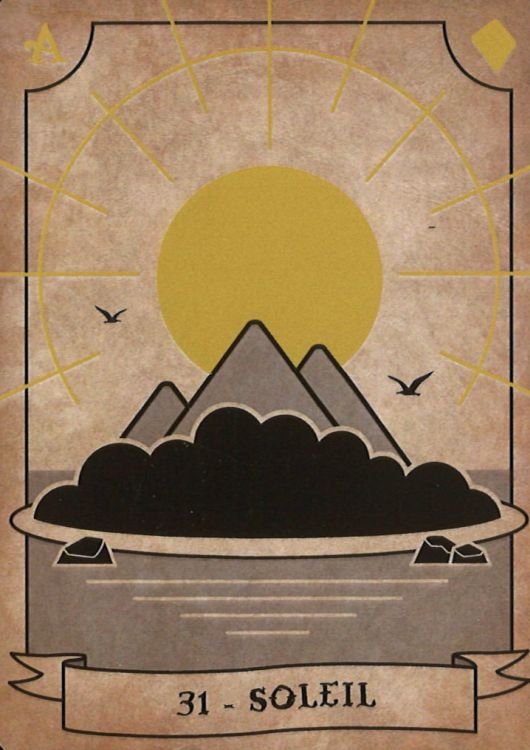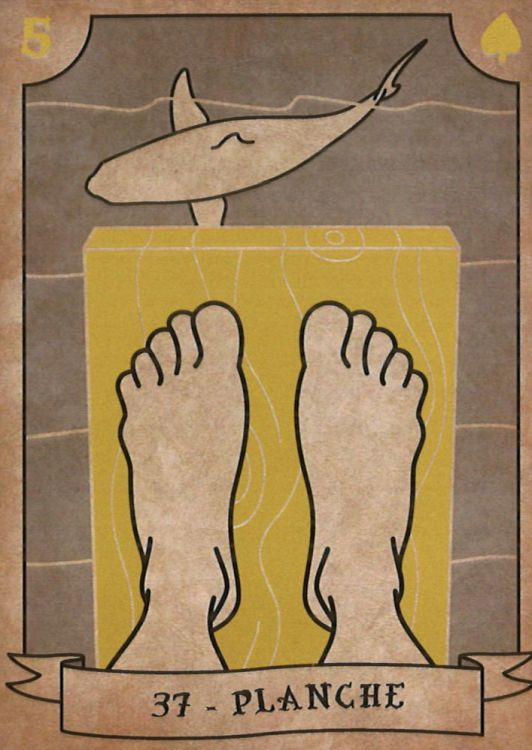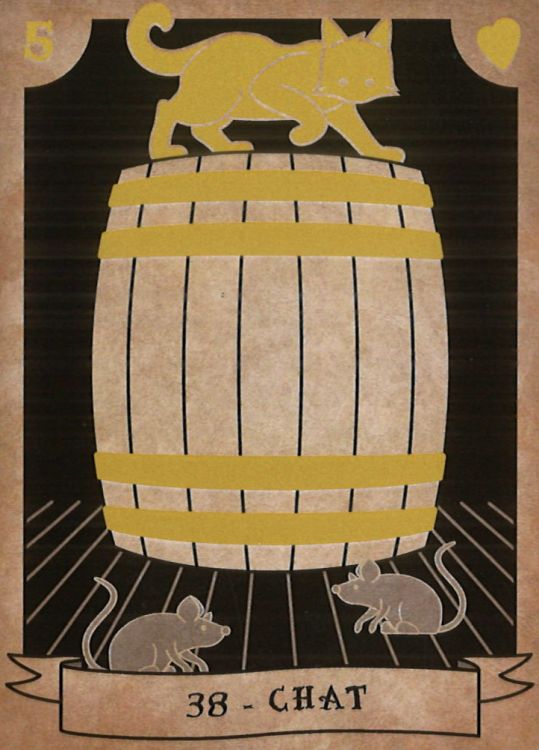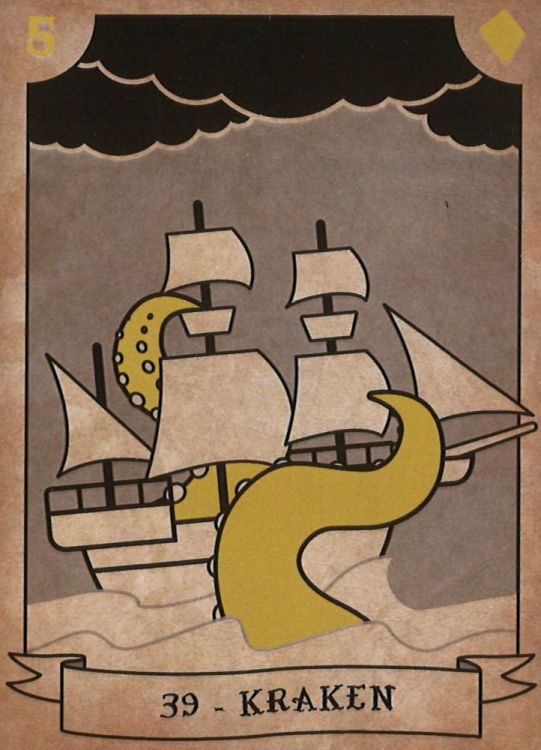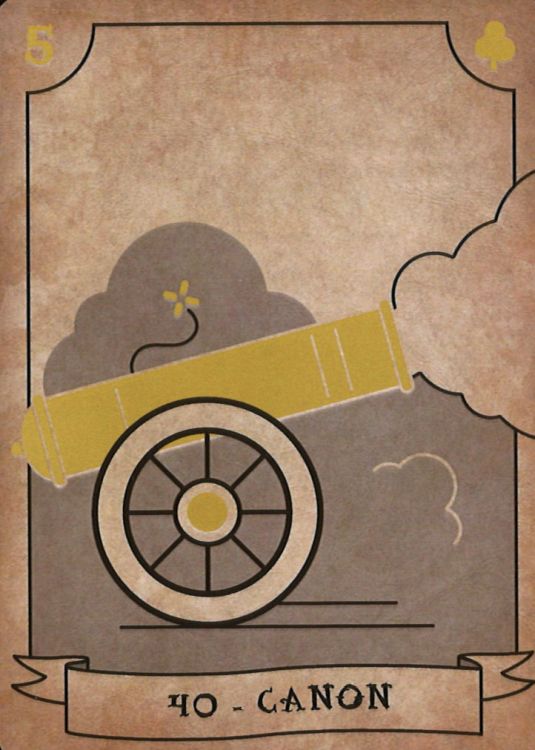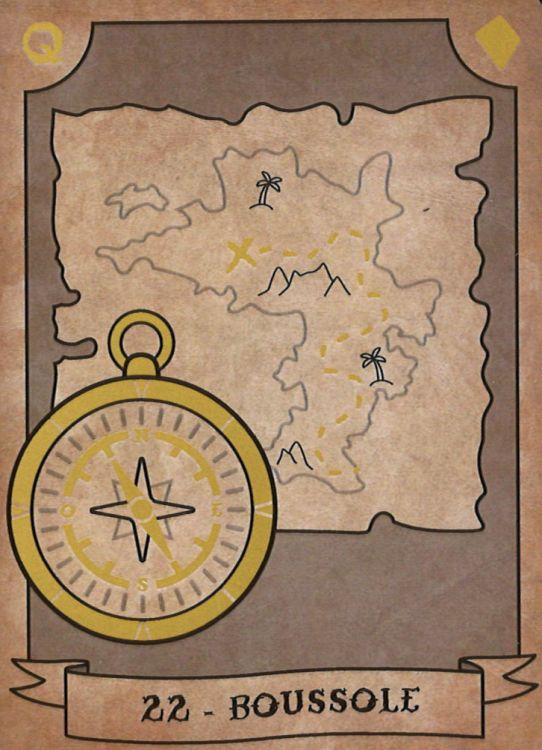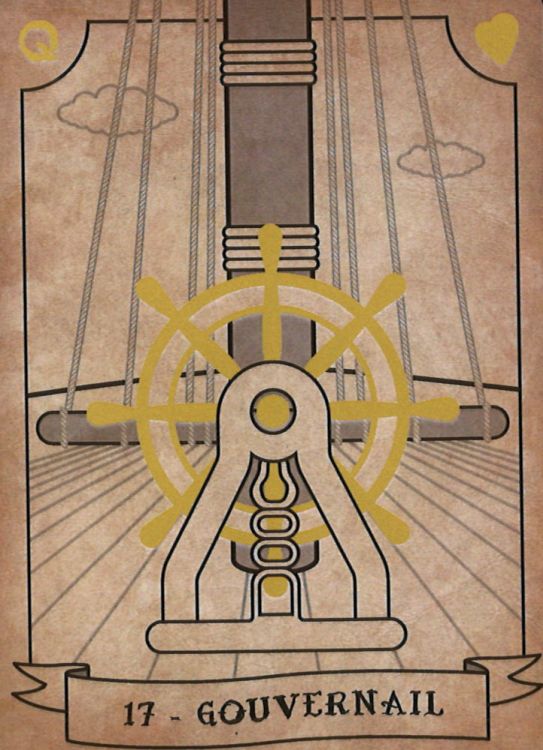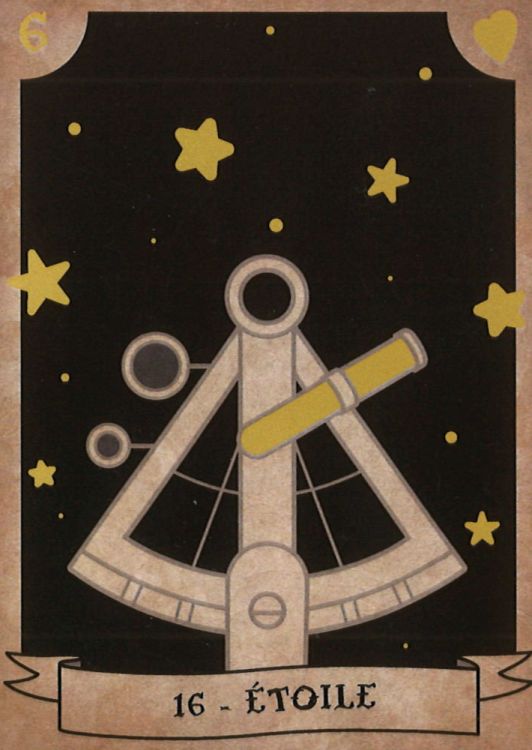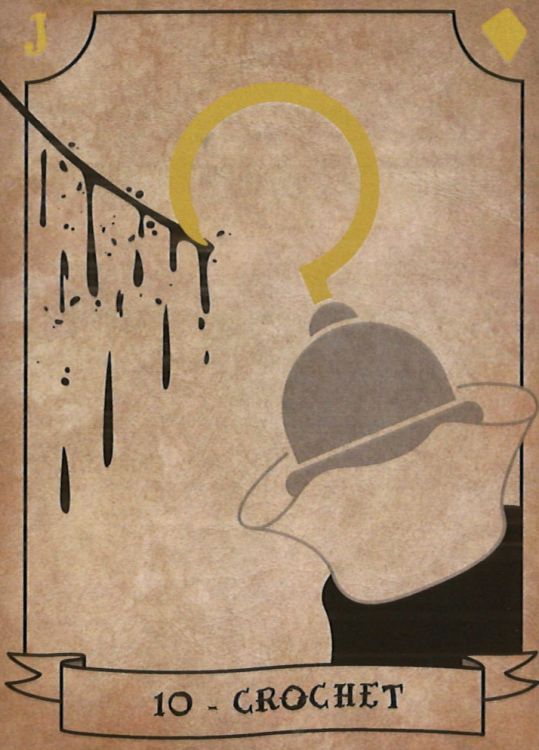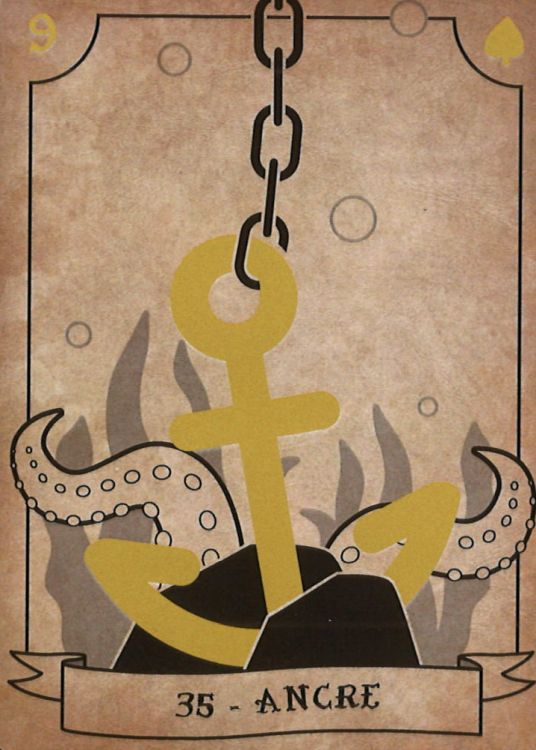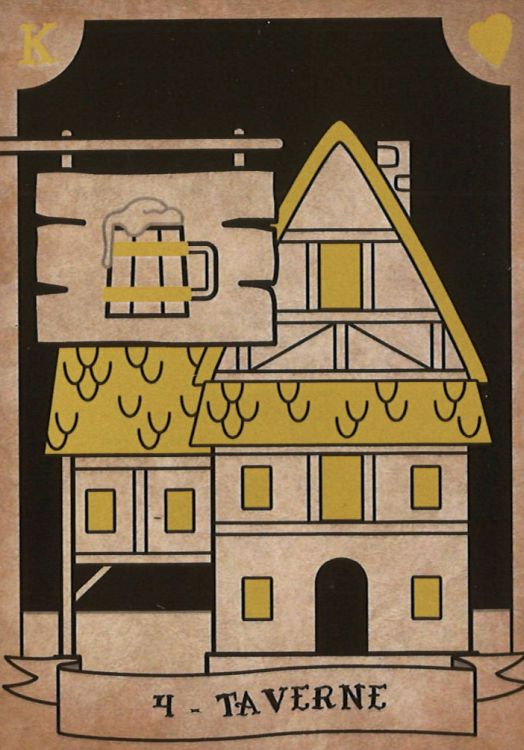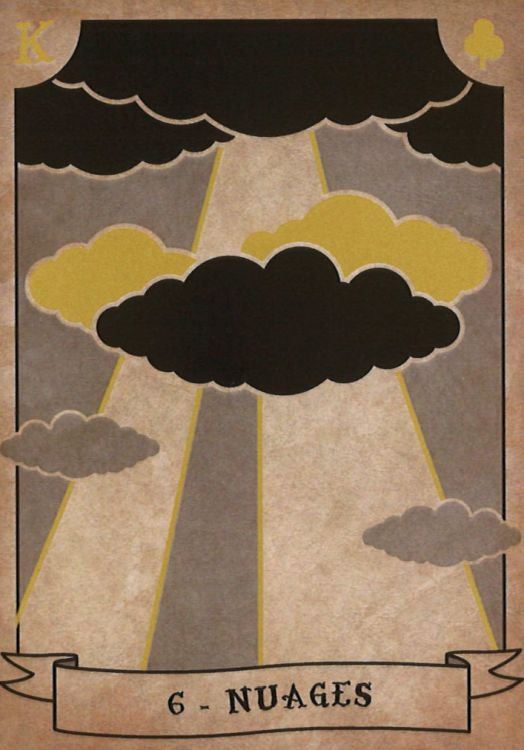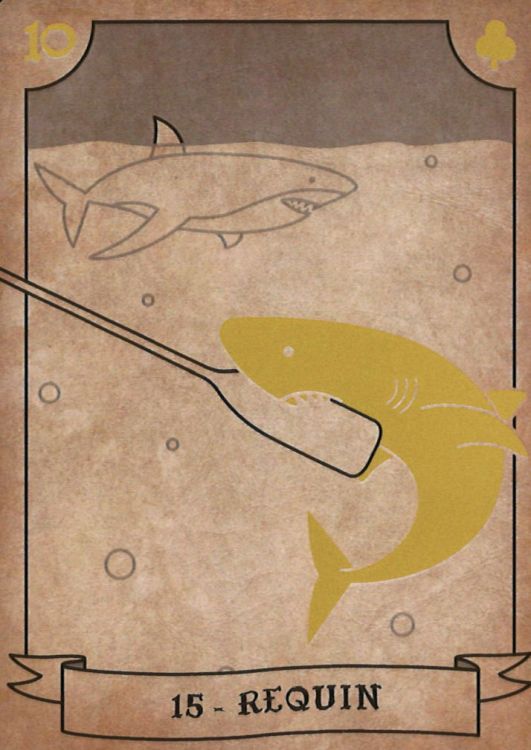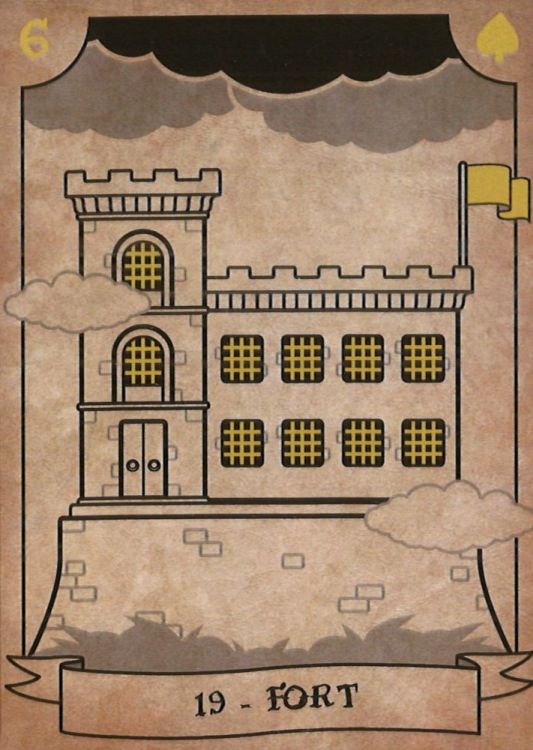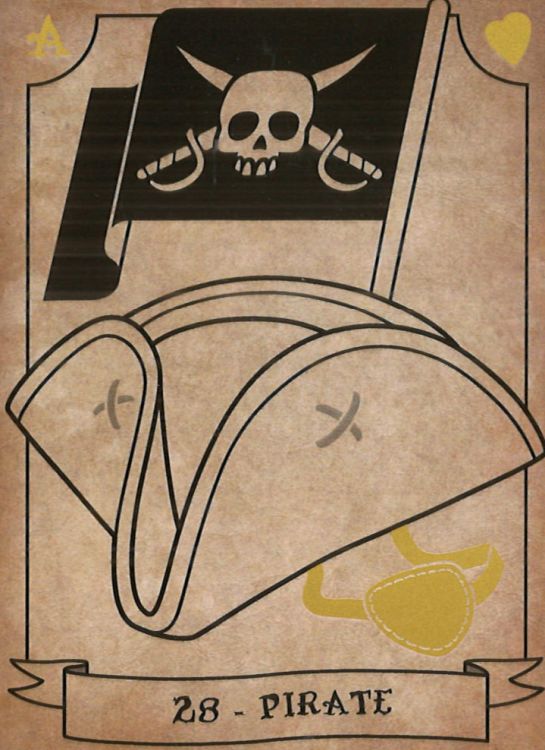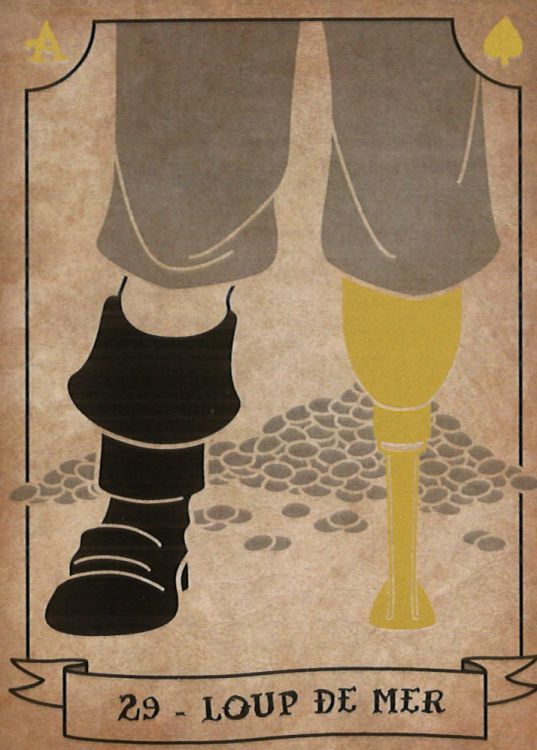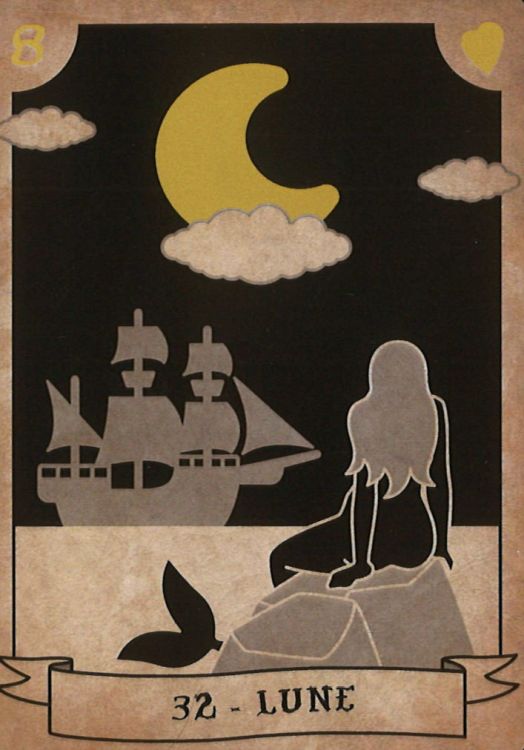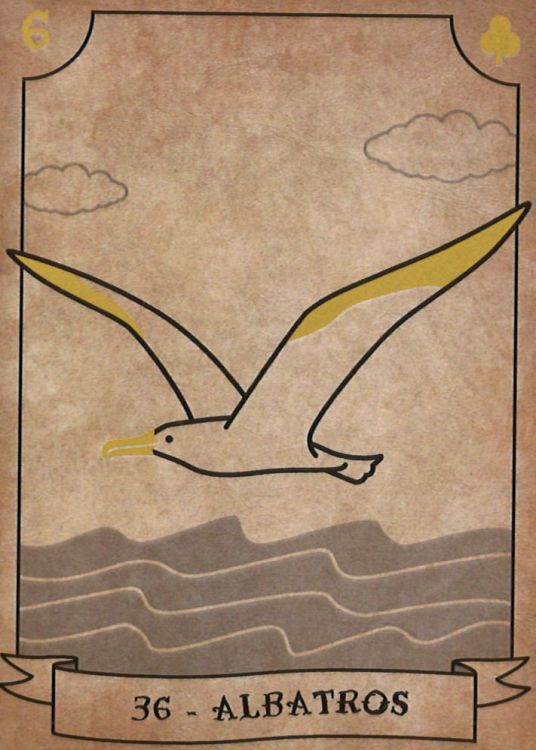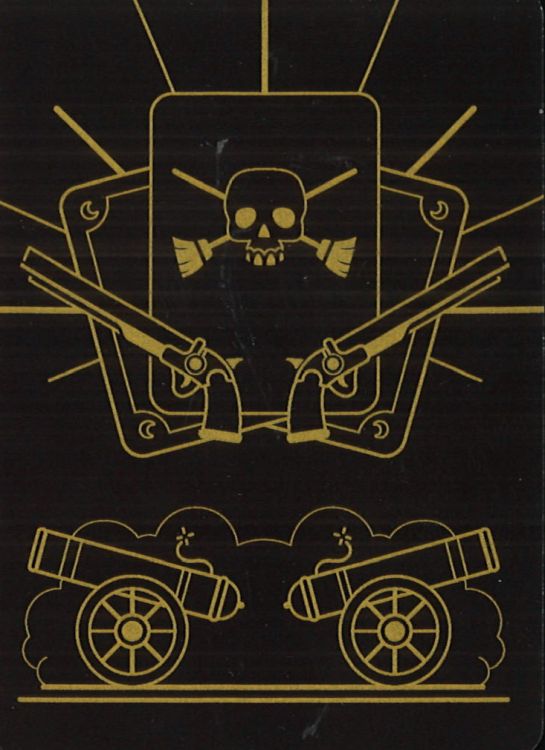I am constantly looking for games that renew the approach to cartomancy while remaining true to its roots. It is with this perspective that I approach the "Clear the Deck Lenormand" by Anouck Zana, a game that, in my opinion, breathes new life into the tradition of the Petit Lenormand.
This game is not simply a reinterpretation of the classic Lenormand cards; it transposes them into a universe of their own, creating a system that is both original and coherent. Although some may think my opinion is biased because my name appears in the acknowledgments of the book associated with the game, my participation in the crowdfunding does not influence my professional judgment. My fascination with the world of piracy, which could well stem from a past life as a privateer, only increases my appreciation for this game. Really, I am impartial! ^_^
When using the "Clear the Deck" instead of the standard Lenormand for professional readings, one discovers how wonderfully the world of piracy lends itself to it. The world of work is often compared to an ocean infested with sharks, where the law of the jungle reigns. Failures, successes, betrayals, alliances, and conflicts are all elements that make up our quest for professional treasure, symbolized by the Sun card.
Paradoxically, this universe is just as relevant for love readings. The quest for love is often likened to that of a hidden treasure, and the ocean of encounters can seem as vast and desolate as the seas traversed by pirates. Putting one's photo on Tinder is like throwing a bottle into the sea, hoping for a miraculous catch that would result in a lasting and fulfilling relationship.
The "Clear the Deck Petit Lenormand" immerses us in a world of dreams and brutality, disillusionment and success, reflecting the harshness of our current lives marked by individualism and selfishness, in a world plagued by global problems. At a time when Europe is struck by war (review written in June 2024), this game reminds us that our society can be as brutal, barbaric, and thirsty for freedom and revenge as the pirates of old.
If you are looking for a new experience with the Lenormand, I highly recommend this game. To get it, do not hesitate to contact Anouck directly via his Instagram page @clear_the_deck, as it is an independent creation, far from the mass distribution channels. Spoiler Alert : the English translation is in progress and Anouck hope to attempt a Kickstarter release in the fall 2024 !
